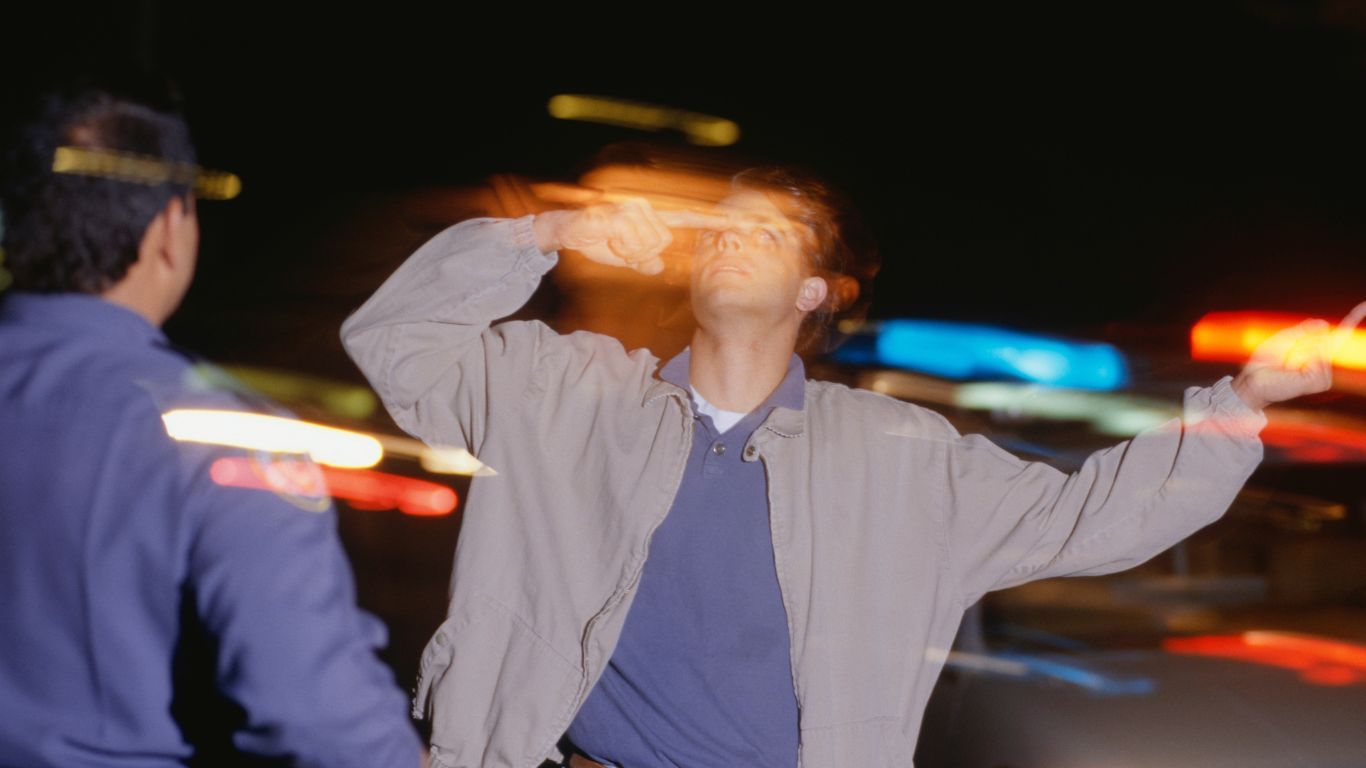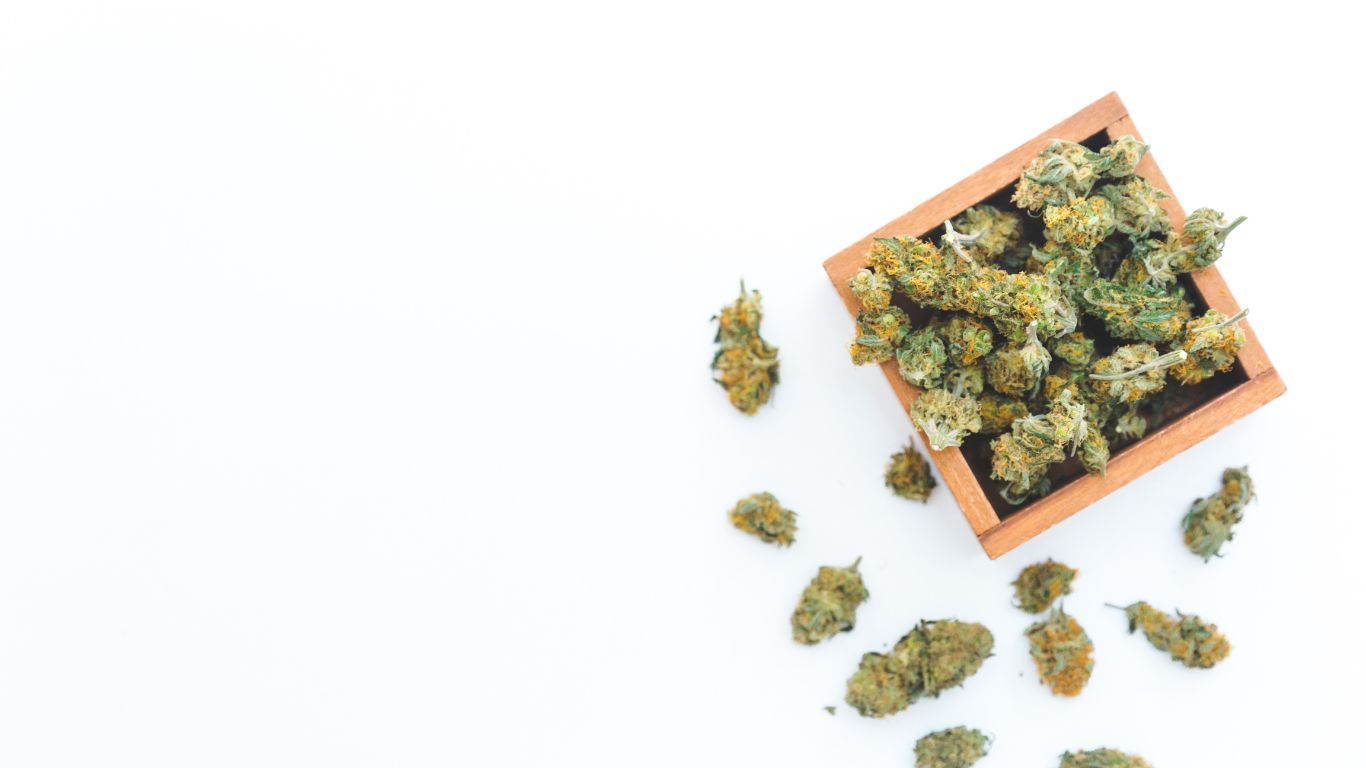
The results of a new study out of California call into question the accuracy of field sobriety tests from law enforcement officers in detecting THC impairment.
The study, published in Jama Psychiatry in August 2023, was conducted from February 2017 to June 2019 at the Center for Medicinal Cannabis Research, University of California, San Diego. Results were analyzed from August 2021 to April 2023.
Researchers gave 121 participants a cannabis joint to smoke, with another 62 receiving a placebo, and then had law enforcement officers trained in field sobriety testing determine which participants were impaired.
While these experts had a relatively high accuracy rate in determining which of the 121 who smoked a THC joint had done so, it also found they thought that about half of those who smoked the hemp joint were also impaired.
The placebo joint smoked by 62 people contained only .02 percent THC, with others receiving joints rolled with cannabis that contained either 5.9 percent THC or 13.4 percent THC. Participants could smoke as much of the joint as they chose.
The participants aged 21 to 55 had used cannabis in the past month.
Officers classified 98 participants, or 81 percent of the THC group, as being impaired, while they found half (31) of the non-THC group also to be impaired. Officers used a simulated driving test and standard field sobriety testing such as a one-leg stand.
Of the 128 participants law enforcement officers said were impaired, they suspected 127 as having consumed THC.
The study concludes that, due to the high rate at which the officers determined people from the non-THC group as being impaired, field sobriety testing on its own may not be enough to accurately determine THC impairment.
Canadian experts have also questioned the reliability of field sobriety testing conducted by Drug Recognition Experts (DREs). In Canada, police agencies like the RCMP conduct enforcement of drug-impaired driving using Standard Field Sobriety Testing (SFST) and DREs, in part due to the uncertainty as to the accuracy of THC-detection equipment. Canada had more than 27,000 trained in SFST and more than 1,200 active DREs as of the end of 2021.
According to another comprehensive study in 2021, there is currently no straightforward way to equate measurements of THC levels in blood or saliva and current driving impairment.
This recent study out of California, where field sobriety testing was first introduced in the 1970s, further emphasizes this uncertainty. Combined with how long cannabis can stay in the bloodstream, long past any likely impairment, this only adds to the difficulty in accurately determining cannabis impairment.
A 2021 report from Quebec based on coroners’ and medical examiners’ report data from toxicological analyses found that when cannabis was present, 20 percent had a THC blood concentration between 0.5 and 1.9 ng/mL, 44% between 2.0 and 4.9 ng/mL, and 36 percent over 5 ng/mL. Canada’s prohibited blood drug concentration (BDC) level is between 2 ng and 5 ng THC per ml of blood.
A THC rate below 2 ng/ml does not necessarily indicate recent use, while a rate over 5 ng/ml is associated with impaired driving and recent use. In addition, a rate over 5 ng/ml increases the likelihood of an impairment-responsible crash. Polydrug use was found in 79% of cases.











